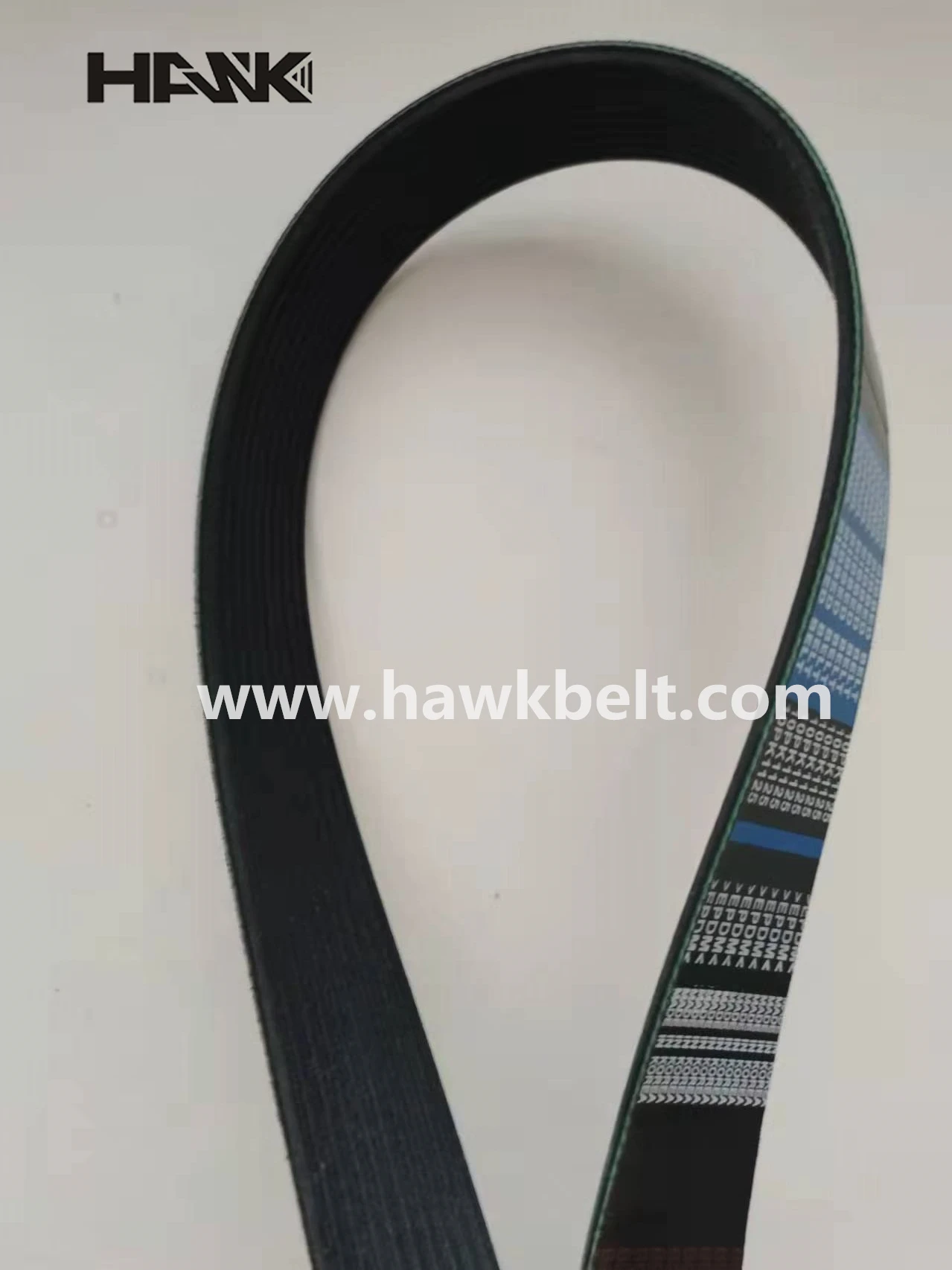- Arabic
- French
- Russian
- Spanish
- Portuguese
- Turkish
- Armenian
- English
- Albanian
- Amharic
- Azerbaijani
- Basque
- Belarusian
- Bengali
- Bosnian
- Bulgarian
- Catalan
- Cebuano
- Corsican
- Croatian
- Czech
- Danish
- Dutch
- Afrikaans
- Esperanto
- Estonian
- Finnish
- Frisian
- Galician
- Georgian
- German
- Greek
- Gujarati
- Haitian Creole
- hausa
- hawaiian
- Hebrew
- Hindi
- Miao
- Hungarian
- Icelandic
- igbo
- Indonesian
- irish
- Italian
- Japanese
- Javanese
- Kannada
- kazakh
- Khmer
- Rwandese
- Korean
- Kurdish
- Kyrgyz
- Lao
- Latin
- Latvian
- Lithuanian
- Luxembourgish
- Macedonian
- Malgashi
- Malay
- Malayalam
- Maltese
- Maori
- Marathi
- Mongolian
- Myanmar
- Nepali
- Norwegian
- Norwegian
- Occitan
- Pashto
- Persian
- Polish
- Punjabi
- Romanian
- Samoan
- Scottish Gaelic
- Serbian
- Sesotho
- Shona
- Sindhi
- Sinhala
- Slovak
- Slovenian
- Somali
- Sundanese
- Swahili
- Swedish
- Tagalog
- Tajik
- Tamil
- Tatar
- Telugu
- Thai
- Turkmen
- Ukrainian
- Urdu
- Uighur
- Uzbek
- Vietnamese
- Welsh
- Bantu
- Yiddish
- Yoruba
- Zulu
नोव्हेंबर . 13, 2024 14:50 Back to list
variable belt drive
Understanding Variable Belt Drives A Comprehensive Overview
Variable belt drives are an essential component in various mechanical systems, offering flexibility and adaptability in power transmission. Unlike traditional belt drives that operate at fixed speeds, variable belt drives enable a range of speed adjustments, making them ideal for applications requiring different operational settings.
The core mechanism of a variable belt drive is its ability to alter the effective length and tension of the belt, resulting in variable speeds. This is achieved through innovative designs, such as pulleys that can change their diameter or position. By adjusting the distance between the drive and driven pulleys, operators can optimize the speed and torque output required for specific tasks. This adaptability is particularly beneficial in industries such as agriculture, manufacturing, and automotive, where varying conditions demand rapid changes in power transmission.
One of the most common types of variable belt drives is the continuously variable transmission (CVT). In a CVT system, a belt runs between two conical pulleys that adjust their spacing to change the effective diameter. This allows for a smooth transition between different speed settings without the need for gear shifts. As a result, CVTs offer improved fuel efficiency and enhanced performance in vehicles, as they maintain the engine at its most efficient operating range.
variable belt drive

Another application of variable belt drives is in industrial machinery, where equipment often requires various speeds for different processes. For instance, a conveyor system can utilize a variable belt drive to adjust the belt speed based on the type of material being transported. This flexibility not only increases productivity but also minimizes wear and tear on the machinery, leading to lower maintenance costs.
Moreover, variable belt drives are advantageous in energy management. By adjusting the speed of motors and other driven components, systems can operate more efficiently, reducing energy consumption and operational costs. This is particularly important in today's industrial landscape, where sustainability and energy efficiency are becoming increasingly prioritized.
Despite their numerous advantages, variable belt drives also present challenges, such as increased complexity and the potential for greater wear on components due to constant adjustments. However, with proper maintenance and innovative engineering solutions, these issues can often be mitigated.
In conclusion, variable belt drives play a crucial role in modern mechanical systems, offering enhanced performance, efficiency, and adaptability. As technology continues to advance, the applications of variable belt drives will likely expand, providing even greater benefits across various industries. Understanding and implementing these systems can lead to significant improvements in both productivity and energy management.
-
Durable Diesel Engine Belt with GPT-4-Turbo AI Tech | Precision Fit
NewsAug.04,2025
-
High-Quality Tensioner Belt Pulley - Durable & Efficient
NewsAug.03,2025
-
Premium Timing Belt Factory | AI-Optimized Solutions
NewsAug.02,2025
-
Premium Custom V Belts Enhanced with GPT-4 Turbo AI
NewsAug.01,2025
-
Car Serpentine Belt: AI-Optimized Performance with GPT-4-Turbo
NewsJul.31,2025
-
Heat Joining Drive Belt | High-Durability Fusion Solution
NewsJul.31,2025

